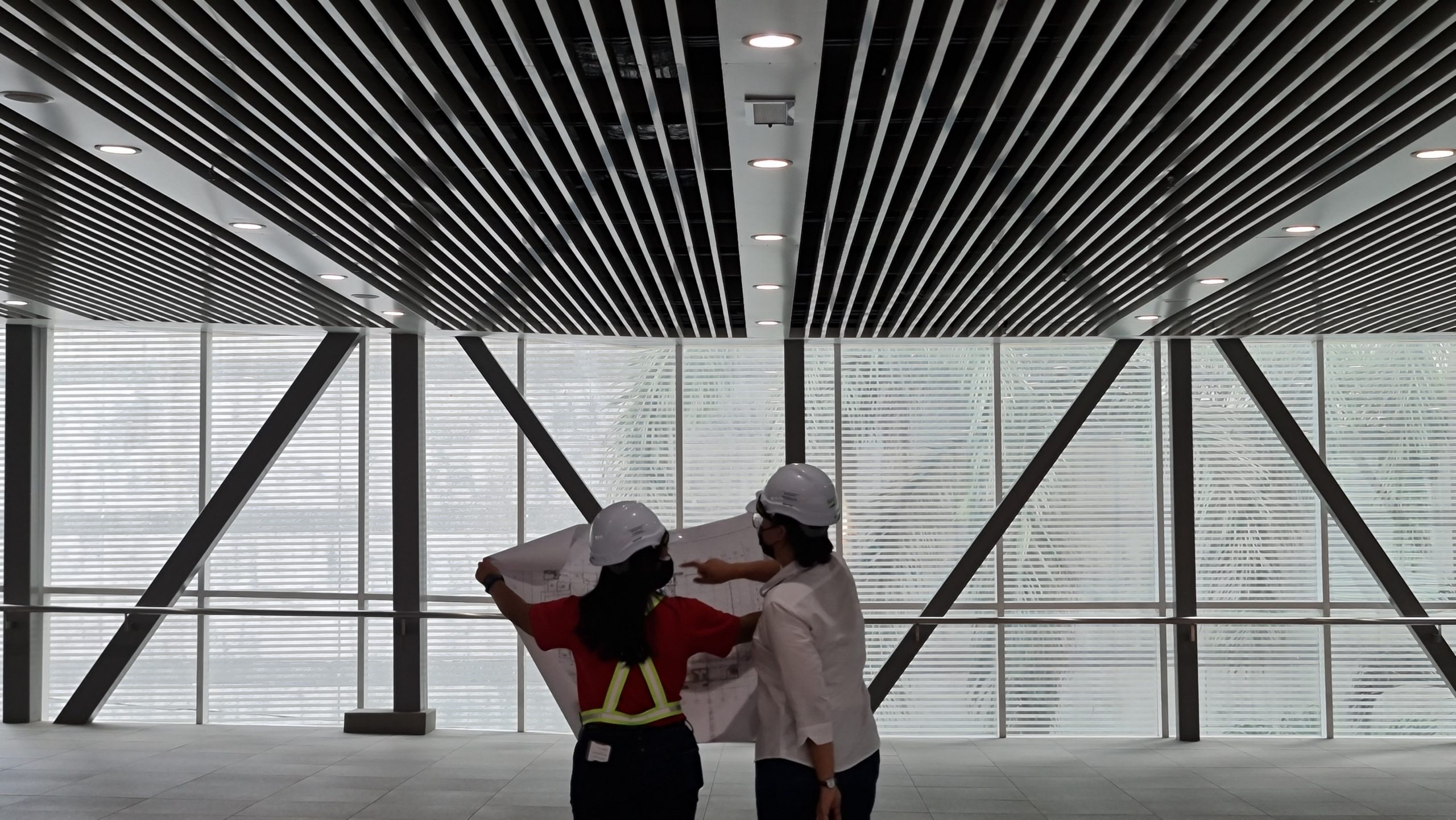
Suing Developer in Malaysia for Building Defects
Patent defects are easily discovered with reasonable inspections by professional assessors and mostly are rectified during Defect Liability Period. A developer has no obligation to disclose a patent defect because a purchaser is given a Defect Liability Period from the date of Vacant Possession to discover and report the defect or deficiency, regardless of whether or not the purchaser had an inspection completed. However, if the developer attempted to hide or conceal a patent defect then such action may be considered fraudulent which can be claimed or pursued in the courts.
Disputes may arise for latent defects which may not be apparent for many years. Latent defects could not be discovered with a reasonable inspections. We are often contacted by purchasers to clarify and to assist them handling defects that only be discovered after defect liability period. In such events, inspections need to be carried out by professionals to identify the type of defects and diagnose the possible cause of defects. Then after the defects can be brought to developer’s attention if it is proven to be a latent defect caused by deficiencies such as design deficiency and workman deficiency.
Legal action can be taken against the developer if the developer decides to dispute. Previously, Section 6 of the Limitation Act 1953 gives you 6 years to sue the developer starting from the time the defect first formed (age of the defect and not the age of the property). Some defects cannot be discovered in the initial years.
Defects such as cracks to surface may take longer time and by then 6 years might have expired. To address this, Section 6A Limitation (Amendment) Act 2018 was introduced and this section allows property owners an extra 3 years to sue if the original 6 years is ending. However, the law demands you to hire an expert to inspect your property in case of any defect identification. Referring to Section 6A (3) of the Limitation Act, any defect which is 15 years old or older will not be entertained unless the defects were hidden from the purchaser by fraud or mistake according to Section 29(2) of the Limitation Act.
Every situation is dependent on the type of defects, facts, and conditions. Engage a professional Building pathology & Forensic Consultant to diagnose the defects and consult a lawyer for legal assistance.
The article is for informational purpose only and should not be taken as legal advice.
Latest Post


Hiring a Waterproofing Consultant is the first step towards getting a quality waterproofing with integrity
September 27, 2023
No Comments

Defect Liability Period and Home Owner’s rights
September 23, 2023
No Comments
